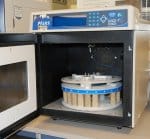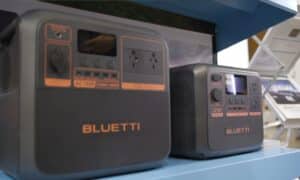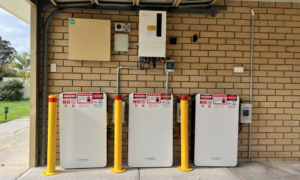Last week we reported on IBM’s CZTS solar cell efficiency record. Now engineers at Oregon State University have unveiled a way to make those cells even cheaper.
IBM recently set a world record for conversion efficiency of a solar cell made with copper, zinc and tin (CZTS) – 11.1 percent. CTZS technology is especially attractive as the elements used are earth-abundant materials instead of costly rare earth metals commonly used today. Some of these materials, such as cadmium, are also highly toxic.
Engineers at Oregon State University have developed a way to use microwave heating in the synthesis of CTZS; which reduces reaction times to minutes or seconds and allow for better control over the production process.
In addition to time savings, the “one-pot” synthesis is cheaper and uses less energy than conventional heating. The researchers have already been able to use microwave heating to successfully create nanoparticle inks that were used to fabricate a photovoltaic device.
“This approach should save money, work well and be easier to scale up at commercial levels, compared to traditional synthetic methods,” said Greg Herman, an associate professor in the School of Chemical, Biological and Environmental Engineering at OSU. “Microwave technology offers more precise control over heat and energy to achieve the desired reactions.”
Professor Herman sees a bright future for CZTS technology. “With some improvements in its solar efficiency this new compound should become very commercially attractive.”
Other research states the raw material for CZTS work out to be around about five times cheaper than CIGS (copper, indium, gallium and selenide) and estimates of global reserves suggest enough energy to power the world could be produced with only 0.1% of the available raw material resources.
IBM hopes to see CZTS solar cells in solar panels available on the market within several years.
OSU’s microwave heating research as supported and funded by Sharp Laboratories of America, the Oregon Nanoscience and Microtechnologies Institute, and the Oregon Process Innovation Center for Sustainable Solar Cell Manufacturing.
Source/image source












































